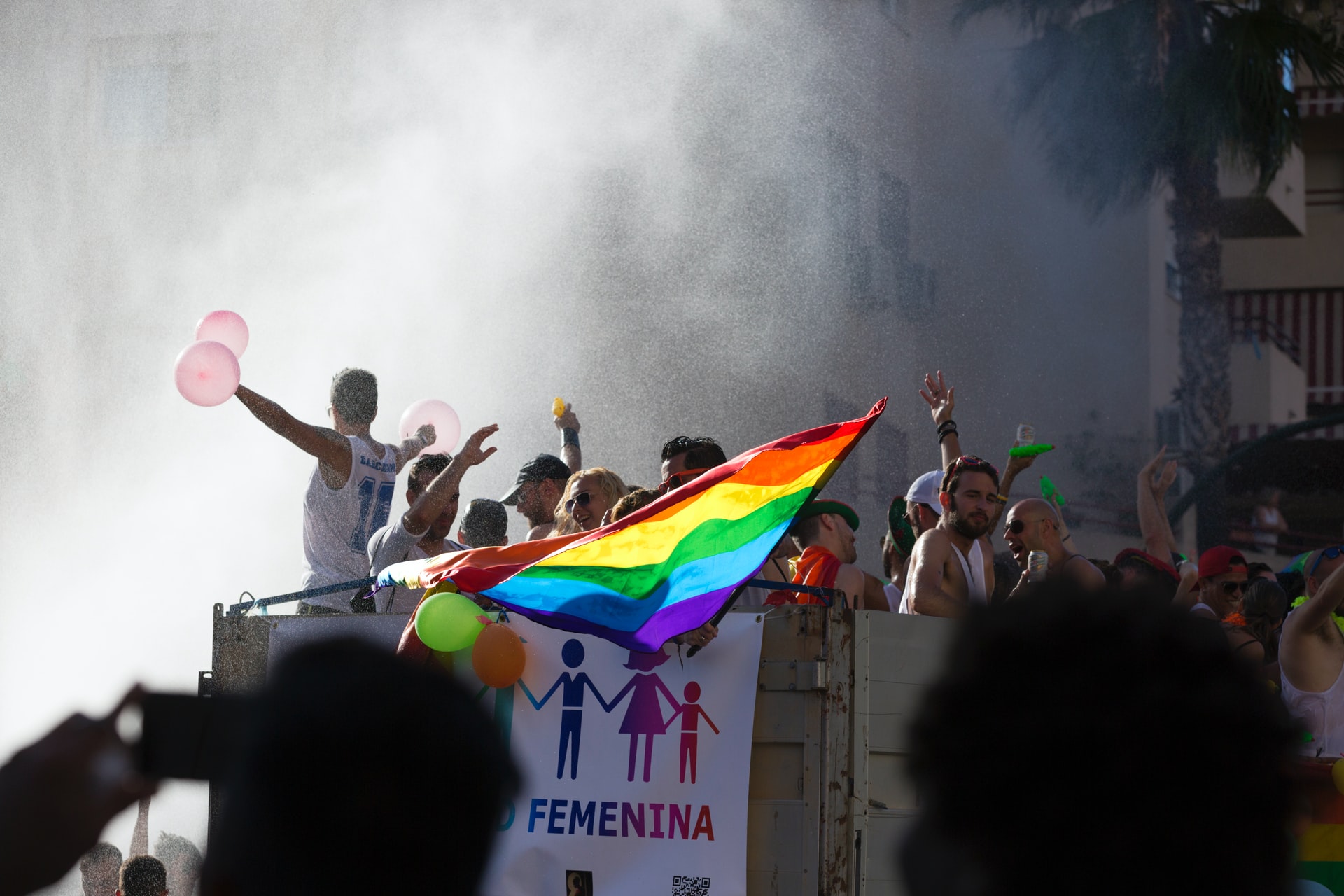
The legalist approach taken so far regarding the lesbian, gay, sexually unbiased and transsexual development has underestimated more extreme prospects of obstruction by delivering different characters and diversity undetectable. In this specific circumstance, the chronicled assessment of the LGBT development in correlation with the social equality development and neighborhood contextual analyses gives the directions of “lost” potential outcomes another unique situation and importance.
The lesbian, gay, sexually unbiased and transsexual (LGBT) development has acquired huge advantages as far as formal correspondence and non-segregation in business and social arrangement in numerous pieces of the world. Beginning in the undefined repercussions of the social equality and the women’s activist developments during the 1960s under the administration of the New Left, the gay freedom development was unmistakable from the first homophile movement1 in light of the fact that it started to nurture desires of personality legislative issues and queerer potential outcomes of way of life decisions. The lesbian (L) and gay (G) portions of “LGBT” were particular developments battling for various rights till a blend of authentic conditions like the flare-up of AIDS and opening of courts to fights in court achieved a huge shift in the direction of their combination. The meeting up of these unique battles had two outcomes.
LGBT Movement and the Law
The authentic assessment of the LGBT development in the second 50% of the twentieth century brings out two strands:
(I) assimilationism which underlined mainstreaming LGBT rights through cases of equity and non-segregation, and (ii) radicalism that envisioned different sorts of non-hetero ways of life, queering and differentiating the regularizing beliefs of sexual direction and sex personality (Stulberg 2018). Assimilationists zeroed in on acquiring rights through character legislative issues principally utilizing suit as their procedure (Faderman 2015). Revolutionaries kept up the system of “culture as legislative issues,” rehearsing assorted standards of sexual inclinations and sex personalities utilizing ordinary lived insight as instruments of obstruction. The various types of the LGBT development met with four kinds of powers of counter-mobilisation3—strict right gatherings, patriot gatherings, publicity laws and postcolonial homophobia, all of which brought about social avoidance of non-hetero networks to different degrees. This part investigates the recorded advancement of the LGBT development through its assimilationist technique of utilizing law and resulting kickback arising out of counter-preparation.
Worldwide Human Rights
On account of unfriendly neighborhood world of politics, transnational connections have empowered nearby entertainers to get to the common freedoms worldview and social strategy talk as the principle vehicles to present the LGBT plan (Olzak 2006). For instance, public level LGBT associations have utilized goals and joint explanations in the United Nations (UN) to introduce fairness rights for people dependent on sexual direction and sex character (SOGI) with blended outcomes. In 1995, in the Beijing Platform for Action at the Fourth Women’s Conference, sexual direction was discussed interestingly as a feature of ladies’ sexual rights however was dropped from the last draft of the content. In 2003, Brazil proposed a goal to incorporate disallowance of separation dependent on sexual direction which was deferred for vote at the United Nations Commission on Human Rights (UNCHR). Following this in 2006, Norway and Argentina introduced free joint proclamations on common liberties infringement dependent on SOGI at the United Nations Human Rights Council (UNHRC; which had supplanted the UNCHR in 2006) and the General Assembly, separately, with little achievement on the grounds that few nations went about as restricting coalitions. In 2011, 85 nations marked the Resolution on the Struggle against Discrimination and Violence against LGBT Persons at the UNHRC.
Constitutionalism
Another methodology that the LGBT development has utilized for acquiring rights is through constitutionalism and the utilization of public courts and legal understanding. Constitutionalism is conceivable where the guideline of sexual legislative issues through logical thoughts, strict convictions, virtues, legitimate standards and political positions is envisioned as a piece of country building measure (Carrara 2012). The constitution of current subjects with qualities like reflexivity, poise, social and political commitment because of ordering citizenship is at the establishment of asserting LGBT rights as minority privileges of residents. In these unique circumstances, homophobic brutality is haggled as disdain violations, a type of sexist viciousness or dynamic separation of minority gatherings to expand existing types of lawful domain over LGBT issues.
Social Nationalism
Counter-preparation drove by the strict right and patriot bunches stress conservativism and traditionalism in sex jobs and the meaning of family. For instance, Spanish LGBT legislative issues has confronted a purported public philosophy of normal history, shared culture and legitimate country of social patriotism that reinforced the possibility of “machismo” curbing distinction and variation bunch characters. Catholicism reified conventional sexual orientation jobs, isolated educational system dependent on sex, and maintained heterosexual marriage as the unit of society. The Spanish LGBT development existed in nonconformist areas, for example, Chueca where a “socially built ethno-sexual local area” won before equivalent citizenship could be asserted.